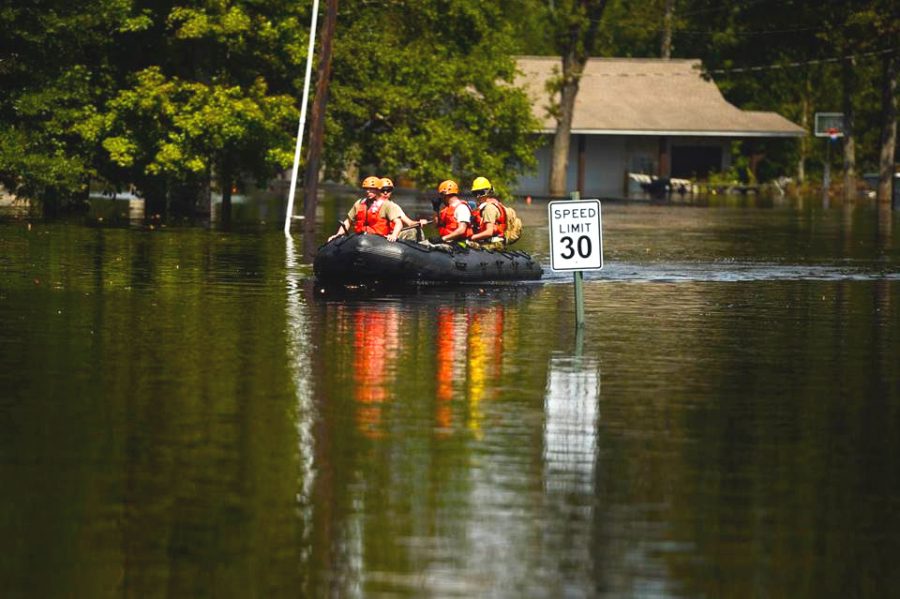Research on effects of Hurricane Harvey
Hurricane Harvey’s aftermath is still present nearly a year later, research for UTSA’s department of civil and environmental engineering has discovered bacteria contaminating major waterways. UTSA assistant professor, Vikram Kapoor, validated that fecal bacteria has contaminated the Guadalupe River leading to the Gulf Coast, as a result of the harsh flooding conditions Harvey created.
The cause of contamination, according to Kapoor’s research, points to fecal matter contaminated water draining into fresh waterways as the cause to the high flood levels.
“The research we conducted in the Guadalupe River after Hurricane Harvey substantiates that the large number of sewage overflows and storm-water runoff that occurred during Hurricane Harvey flooding introduced high levels of fecal bacteria into environmental waters,” Kapoor said.
Mass contamination and disease outbreaks worry researchers who see a major threat to public health after two million pounds of contaminants could potentially meet other waterways as a result of 800 wastewater plants reporting spills.
“We want to come up with a relationship for the levels of these markers, so if you see these markers what does that really mean? Is there a public health concern?” Kapoor said. “If pathogens are present in these waters then it would be a public health concern.”
Kapoor and his research team collected 50 samples from the contaminated Guadalupe River, from Seguin to Victoria, Texas. The samples used from high and low flood-zones verify that the tests uncovered traces of E. coli, possibly containing other pathogens that could be equally harmful.
Since the Guadalupe River is one of the most popular recreational waterways during the summer months, Kapoor wants to ensure tubers that the levels are returning to normal. According to the most recent samples taken in December, fecal bacteria levels have decreased to safer levels.
See the UTSA community’s response to Hurricane Harvey: Roadrunners respond to Hurricane Harvey







